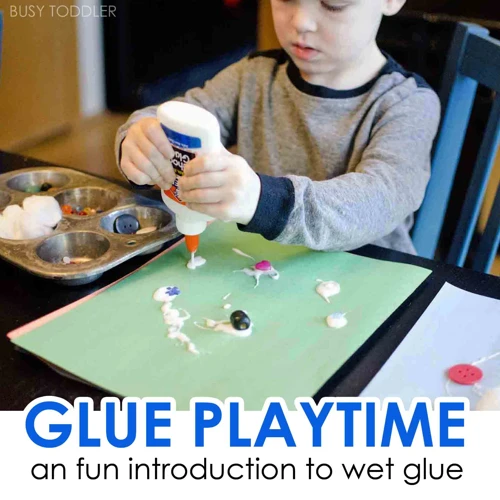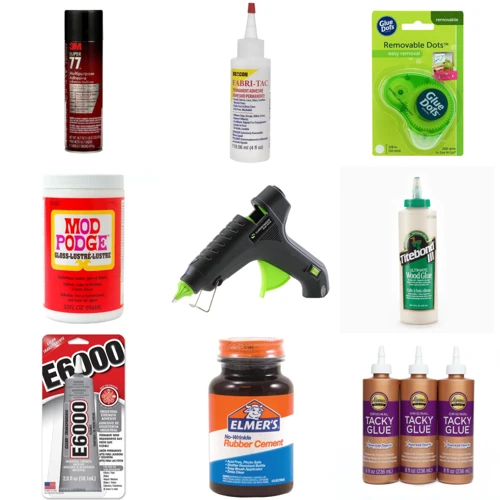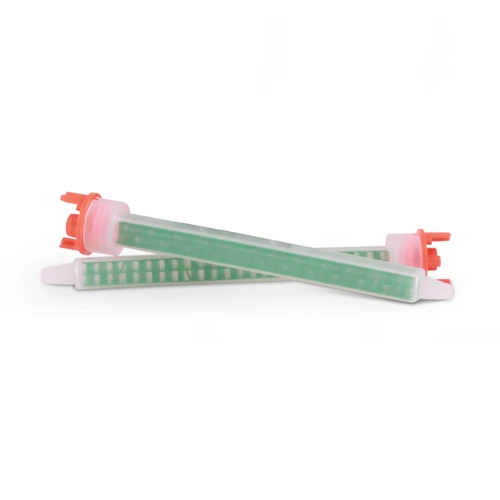When it comes to crafting, a glue water mixture can be an essential ally. Understanding how to create this blend is crucial for a variety of projects, from papercraft to fabric work. The mixture allows for a thin, even spread of adhesive, which can be particularly useful in delicate tasks where standard glue is too thick or unwieldy.
The Basics of Making Glue Water Mixture
Mixing glue with water is a straightforward process, yet it requires precision. The idea is to thin out the adhesive to make it more manageable and versatile for different crafting scenarios. By diluting the glue, you achieve a more spreadable consistency that can be applied with brushes or sponges.
Why Mix Glue with Water?
The rationale behind creating a glue water mixture is to enhance the glue’s workability. By adding water, you can extend the drying time, which offers more flexibility during application. Furthermore, it helps reduce the glue’s strength for projects that don’t require a heavy-duty bond, making it ideal for lightweight materials.
Step-by-Step Guide to Mix Glue and Water
Creating the perfect mix glue solution doesn’t have to be complicated. With the right materials and approach, you can prepare a mixed glue that’s suitable for your specific crafting needs.
Materials Needed to Create Mixed Glue
- White PVA glue or clear craft glue
- Water
- Measuring cup or spoons
- Mixing bowl or container
- Stirring tool (spoon or stir stick)
- Sealable storage container
Preparing Your Workspace
Choose a clean, flat surface to work on and cover it with newspaper or a plastic sheet to prevent any spills. Gather all of your materials and ensure you have everything within arm’s reach before you begin.
Mixing the Ingredients
Start by measuring out the glue and water in the desired proportions – typically a 1:1 ratio is a good starting point. Pour both into your mixing container and use your stirring tool to combine them until you achieve a uniform consistency. Once mixed, transfer the solution to the sealable container for storage.
Pro Tips for a Perfect Glue Water Mixture
While mixing glue and water may seem simple, there are tricks of the trade to ensure your concoction meets your crafting requirements.
Adjusting the Ratios
The key to mastering the glue mixture is finding the right ratio. Depending on the project, you might need a thicker or thinner consistency. Start with equal parts and adjust accordingly, adding more water to thin it out or more glue to thicken it up.
Testing the Consistency
Before using your mixture on the final project, test it on a scrap piece of material. This allows you to check its adhesion and drying time, giving you the chance to tweak the mixture if necessary.
Applications of Glue Water Mixture in Projects
The versatility of a glue water mixture makes it an invaluable component in various crafting projects. Its ability to be manipulated to different consistencies broadens its use across numerous applications.
Using Mixed Glue in Papercraft
In papercraft, a thinner glue water mixture is often used to avoid warping the paper. It’s perfect for delicate tasks such as quilling or applying thin paper overlays, providing just enough adhesion without the bulk.
Applying Glue Mixture in Fabric Projects
For fabric projects, a slightly thicker mixture may be necessary to penetrate the fibers without causing stiffness. It’s ideal for fabric collages or when working with lightweight textiles that a standard glue might damage.
Common Mistakes to Avoid When Mixing Glue
Mixing the perfect glue blend requires attention to detail to avoid common pitfalls that crafters might encounter. Being aware of these errors can save your project from potential disaster.
Choosing the Right Type of Glue
Not all adhesives are created equal. For a successful glue water mixture, select a PVA-based white or clear crafting glue. These types are designed to be diluted and will retain their adhesive properties when mixed with water.
Mixing in Correct Proportions
One of the most critical aspects of preparing mixed glue is getting the proportions right. Too much water and the glue won’t hold; too little, and it won’t spread evenly. Precision in measuring is key to achieving the desired outcome.
FAQs About Glue Water Mixture
Artists and crafters often have questions about using a glue water mixture. Addressing these queries can help ensure successful project outcomes and longevity of the mixed adhesive.
How Long Does Mixed Glue Last?
When stored properly in a sealed container, a glue water mixture can last several weeks. However, always check for mold or an unusual smell before use, as these are signs that the mixture has spoiled.
Can You Reuse or Reactivate Glue Mixtures?
If your mixture has thickened over time, you can attempt to reactivate it by adding a small amount of water and stirring thoroughly. However, this may affect the adhesive properties, so it’s best used for less critical applications.
Are you interested in the art of adhesion for various materials? For those who love DIY projects or need to repair items around the house, understanding the right way to bond different substances is crucial. We’ve got you covered with our detailed guides. Learn the tricks to effectively bind wax with our article on how to glue wax together, discover the secrets to securing slate pieces in our guide on how to glue slate together, and master the techniques for wood assembly with our insights on how to glue wood together. Each guide is tailored to help you achieve the best results for your mixed material projects.
Conclusion: Mastering Your Glue Mix
Achieving the perfect glue water mixture is a game-changer in the crafting world. It broadens the possibilities for creative expression and can enhance the quality of your projects. With the right approach and a bit of practice, you can mix glue like a pro, making your crafting endeavors more enjoyable and successful.



